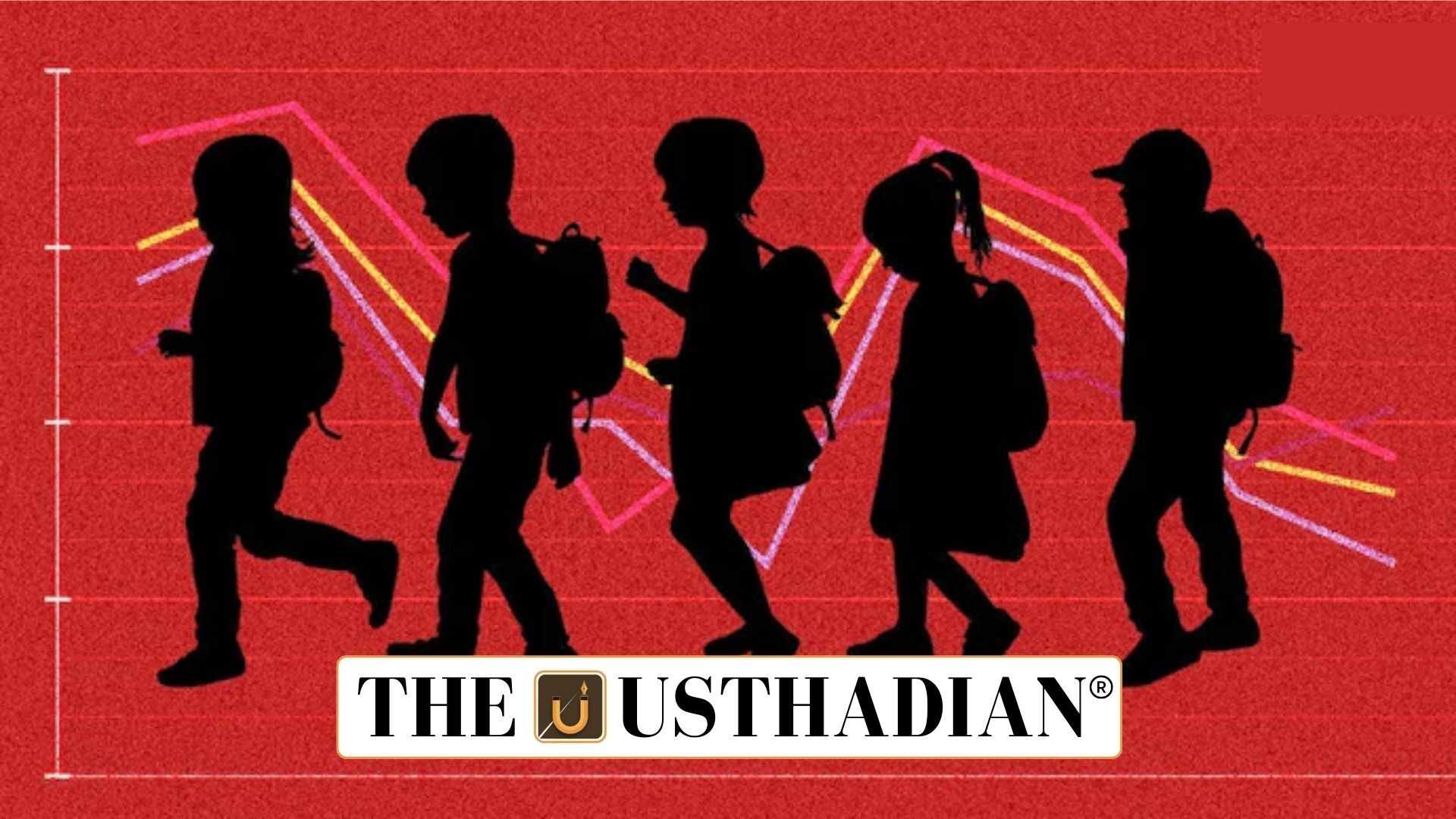Understanding Shadow Schooling
Shadow Schooling in India: Shadow schooling refers to private coaching or tuition outside regular school hours. It supplements classroom teaching and is often used for exam preparation or gaining a competitive advantage. In India, this system is rapidly expanding, especially in urban areas where academic pressure and parental aspirations are high.
Static GK fact: The term “shadow education” was first popularized by Professor Mark Bray of UNESCO in the late 1990s to describe parallel private tutoring systems worldwide.
Government Schools in Rural India
Government schools remain the backbone of Indian education. The Comprehensive Modular Survey (CMS) shows that nearly 56% of students study in government schools, with the figure rising to two-thirds in rural areas. These schools are low-cost, provide mid-day meals, and are vital for first-generation learners.
Static GK Tip: The Mid-Day Meal Scheme was launched in 1995 to improve enrolment and nutrition among government school students.
Urban Growth of Private Schools
In cities, private schools dominate. Only 30% of urban students attend government schools, while private unaided schools attract families seeking quality facilities and English-medium education. Private schools now represent nearly one-third of enrolments nationwide.
Static GK fact: The Right to Education (RTE) Act, 2009 mandates 25% reservation in private schools for children from economically weaker sections.
Cost Differences in Schooling
The CMS highlights major cost gaps. The average annual expenditure per student is just Rs 2,863 in government schools, while in private schools it rises to Rs 25,002. Most government school students study free of cost, whereas almost all private school students pay tuition, uniforms, and book expenses.
Shadow Schooling Costs
Private coaching is now a major part of family spending. About 27% of students attend private coaching, with higher rates in cities (31%) than villages (26%). Annual coaching expenditure averages Rs 3,988 per urban child and Rs 1,793 per rural child. At higher secondary levels, costs shoot up to nearly Rs 9,950 in cities.
Static GK Tip: Kota in Rajasthan is India’s largest coaching hub, hosting over 2 lakh students preparing for JEE and NEET every year.
Funding Education in India
Education is largely household-funded. Around 95% of students rely on family income, while government scholarships support only 1.2% of students. This shows the limited reach of public funding in reducing educational inequality.
Policy and Equity Concerns
The CMS reflects a dual education system—government schools for rural students and private schools with coaching for urban learners. This growing divide raises concerns about equity. The National Education Policy (NEP) 2020 stresses bridging this gap by improving government school infrastructure and regulating private tuition.
Static Usthadian Current Affairs Table
Shadow Schooling in India:
| Topic | Detail |
| Shadow schooling definition | Extra private coaching outside school hours |
| Survey on education | Comprehensive Modular Survey (CMS) by MOSPI |
| Government school share | 56% nationally, two-thirds in rural areas |
| Urban private schools | Nearly one-third of total enrolments |
| Annual govt school spending | Rs 2,863 per student |
| Annual private school spending | Rs 25,002 per student |
| Students in coaching | 27% overall, 31% urban, 26% rural |
| Average urban coaching cost | Rs 3,988 per student |
| Government scholarships | Cover only 1.2% of students |
| Policy framework | National Education Policy (NEP) 2020 |








